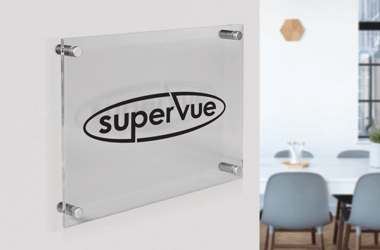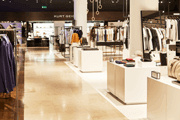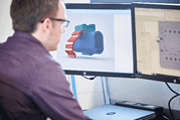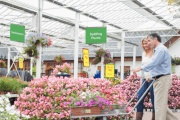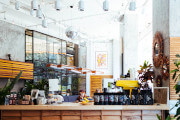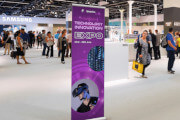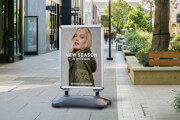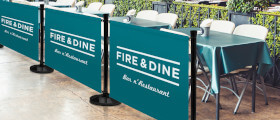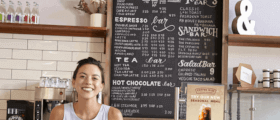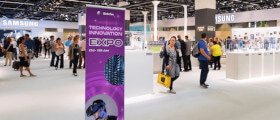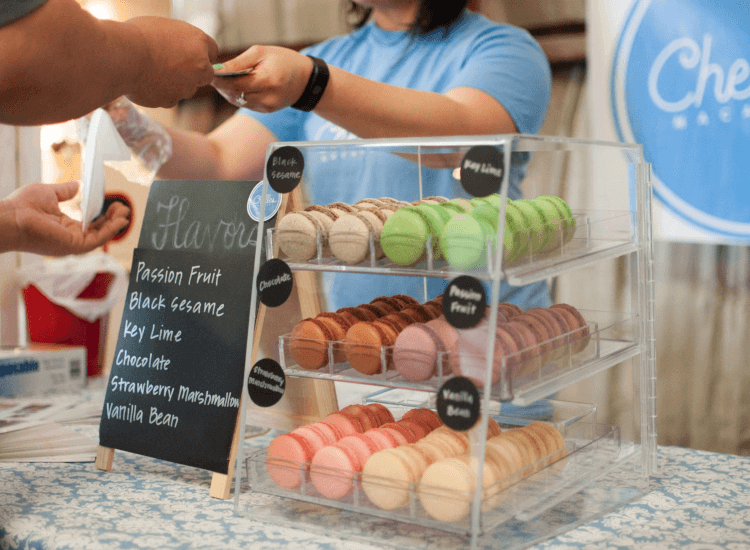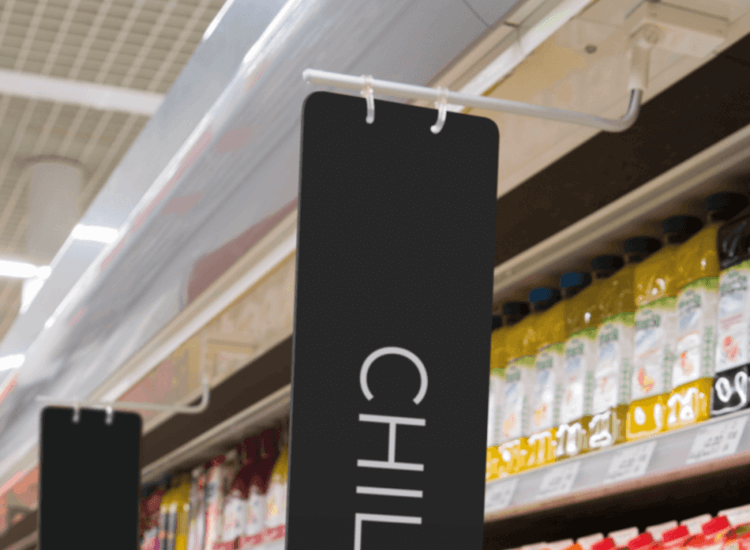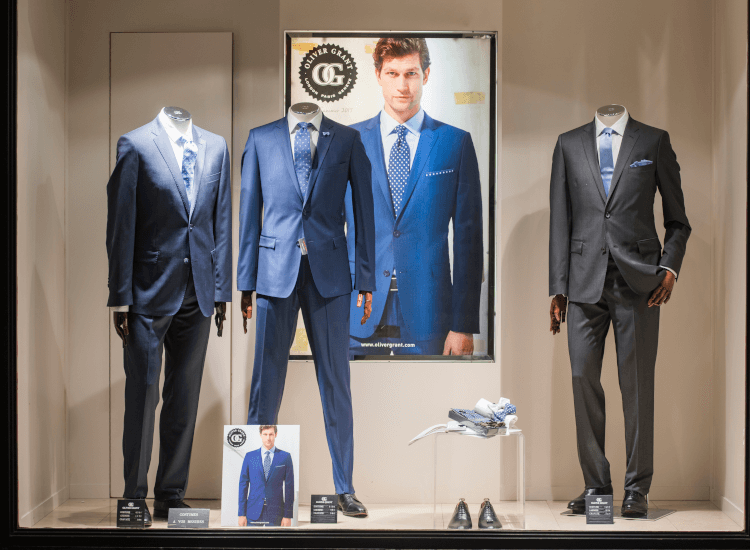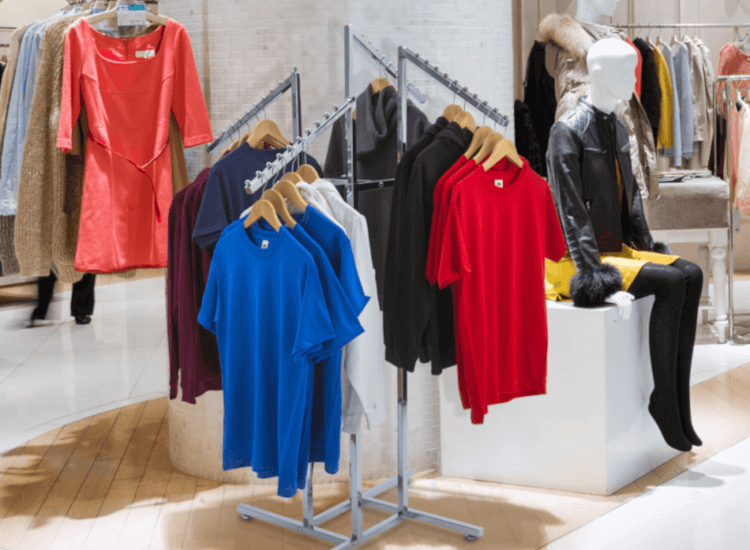How To Influence Customers With Retail Ambience
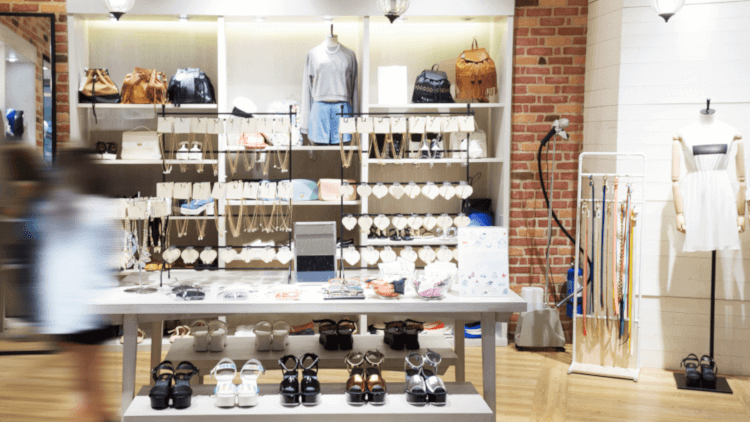
Designing a retail environment requires taking into account many different factors influencing customer behaviour. To find the right ambience that your business need, first figure out who your target audience is and what they expect. Stores can examine the average age group of their customers, as different age groups have different shopping habits and needs.
Retailers can’t always please every customer. Experts have identified different shopper types, who often want very different things from their in-store experience, despite potentially shopping in the same stores [1].
Additionally, other factors can also influence how people interpret atmosphere, such as income, gender and culture.
Businesses can also create the right retail ambience by analysing their industry type, and trends in customer preferences.
For example, supermarket shoppers are often driven by time constraints and respond well to bright lighting and lots of signage.
In contrast, someone shopping for luxury items may see the experience as recreational and hedonic, and may prefer a more relaxed environment which allows them to take their time [2].
The following quick fixes provide a great starting point for any business looking to revamp their point of sale in order to increase customer satisfaction.
4 factors influencing consumer behaviour in-store
1. Use clear signage

Install clear, informative signage, prices and wayfinding to reduce retail shopper confusion [3]. Use a combination of images and text for the most effective signage.
2. Organise and simplify display units
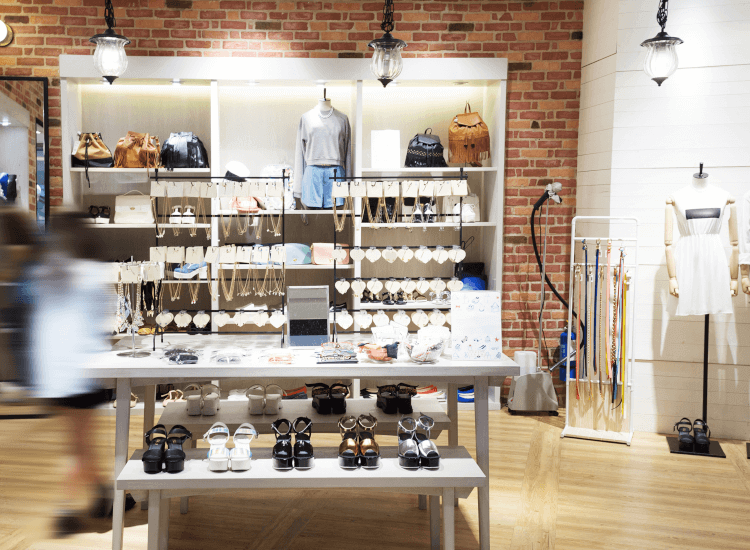
Organise retail display units to make navigation easy for the customer while keeping them fresh, unique and attractive. Ensure purchase decisions are easy.
3. Create a congruent ambience
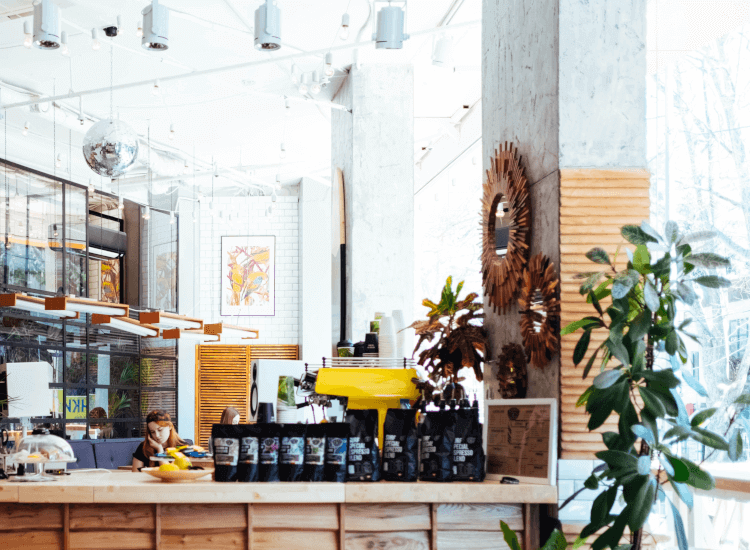
‘The most positive effects on shopping behaviour can be achieved by congruent stimuli’ [4]. Create a pleasant, congruent shop ambience and consider all the senses, including sight, sound and scent. Ensure consistency to increase positive emotions and approach behaviour.
4. Include in-queue distractions
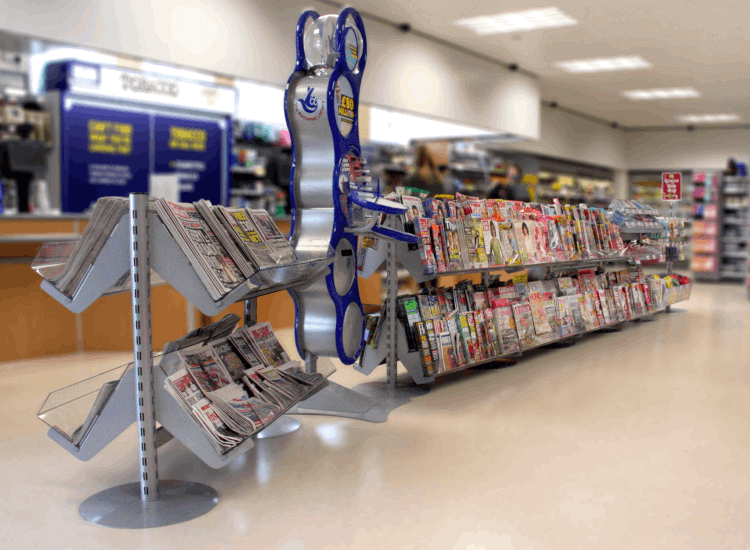
Studies show that around 60 to 90% of buying decisions are made at the point of purchase [5]. Distract customers from long wait times by using engaging signage and in-queue merchandising. The checkout is your last chance to make a good impression - and an extra sale.
How staff influence retail store ambience
Patrick Bohl explains that the amount of staff and how friendly they are also impacts upon the customer experience, influencing their willingness to buy. This applies to the hospitality industry, too.
’Retail personnel’s number, appearance and behaviour impacts consumer’s perception of a firm and therefore influences behaviour’ P. Bohl (2012) [6]
While customers can demonstrate "approach behaviour" towards your displays (as explained in part one), your staff can also demonstrate approach behaviour towards your customers. Executed correctly, this approach behaviour from staff can positively influence the pleasure that the customers experience from your retail ambience.
‘Stores with more sales personnel on the shop floor greeting customers were perceived as providing a higher service quality than stores with less staff’- P. Bohl (2012)
Another human variable to consider is the presence of other customers. Many studies have shown that overcrowding can have a negative impact on retail store atmosphere, and therefore on customer experience.
These findings suggest that business owners should plan the layout of their stores carefully in order to ensure that there are no ‘traffic jams’ in aisles.
Additionally, having a sufficient amount of friendly, presentable and well-trained staff is an important consideration for maintaining customer satisfaction and encouraging approach behaviour.
Negative factors influencing consumer behaviour (aka what not to do!)
- Creating a confusing environment with little informational signage.
- Having incongruent décor which doesn't match with your company style.
- Employing too few staff, with no greetings or uniforms.
- Having a cluttered store layout with messy displays and narrow aisles.
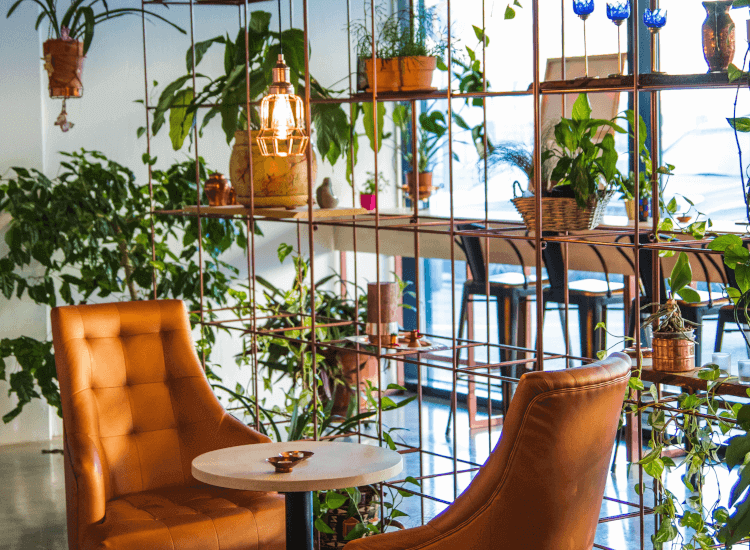
‘product similarity, overload and ambiguity drive confusion [...] which leads to avoidance behaviour’- Garaus and Wagner (2015)
In-store factors influencing consumer behaviour: a conclusion
We have found a wealth of evidence that consumers are easily swayed by retail ambience, although there is no catch-all solution for all retailers to follow. Business owners and merchandisers may wish to do some further reading in order to identify their particular target markets and know how to appeal to them.
Shop owners who are setting up their first business will benefit from thoroughly planning their store interior layout and décor before opening, to ensure they're controlling the shopping atmosphere as effectively as possible.
Large chain stores need to ensure some level of consistency across their multiple locations to ensure customers receive a consistent and representative quality of in store experience across the board.
Additionally, businesses like these may benefit from analysing their customer demographic across different locations, in case different display types may be more appealing in different areas.
For example; a shop located in an area with a high proportion of elderly residents may wish to have different POS display types than another branch located in an area frequented by students and young people.
Considering these factors ahead of time guarantees better results.
You must find ways to assess and update your in-store retail ambience in order to wow your ideal customers and stay ahead of the competition. Also, tracking how customers respond to any changes will streamline this process in the future.
Remember, knowledge is power. With research and testing, you can create a shop environment that exceeds both customer expectations, and your own goals.
References
1. Bennett, Alysha ‘Create targeted POS displays using customer personas', UK POS (2019).
2. Farias et al., ‘Store Atmospherics and Experiential Marketing: A Conceptual Framework and Research Propositions for An Extraordinary Customer Experience’, International Business Research, Vol 7 (2014), pp. 87-99.
3. Garaus and Wagner, ‘Retail Shopper Confusion: An Explanation of Avoidance Behaviour at the Point-of-Sale’, Advances in Consumer Research, Vol 41 (2013), pp. 407-408.
4. Ebster and Garaus, Store Design and Visual Merchandising: Creating Store Space That Encourages Buying (New York: Business Expert Press, 2015), p.116.
5. Weishar, cited in Upadhyay and Jauhari, ‘Visual Merchandising: An Integrative Review’, Indian Journal of Applied Research, Vol. 7, Issue 4 (2009), pp. 356-359.
6. Bohl, Patrick, ‘The effects of store atmosphere on shopping behaviour-A literature review’, Corvinus Marketing Tanulmánok, Vol 2. (2012) pp. 1-24.









